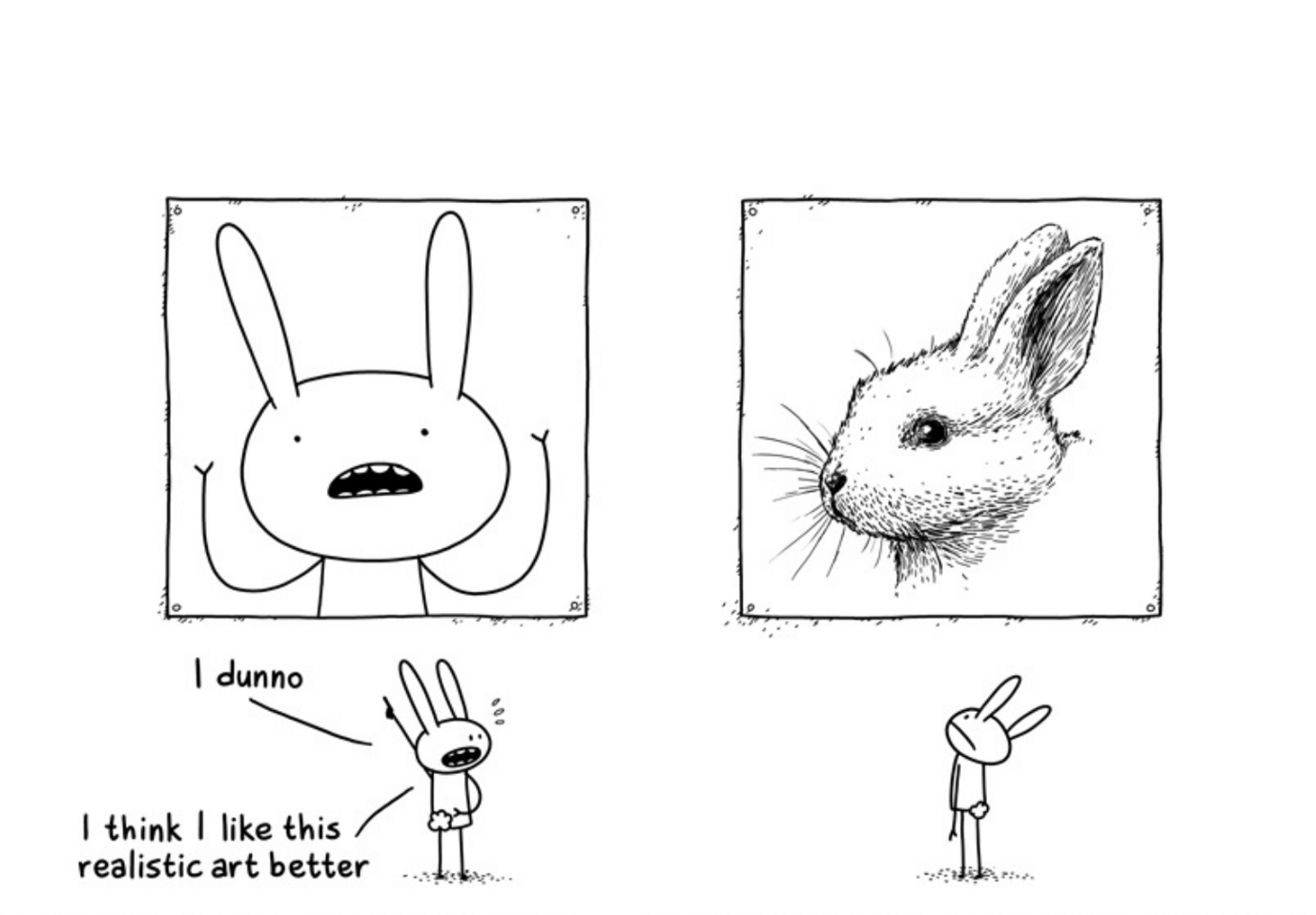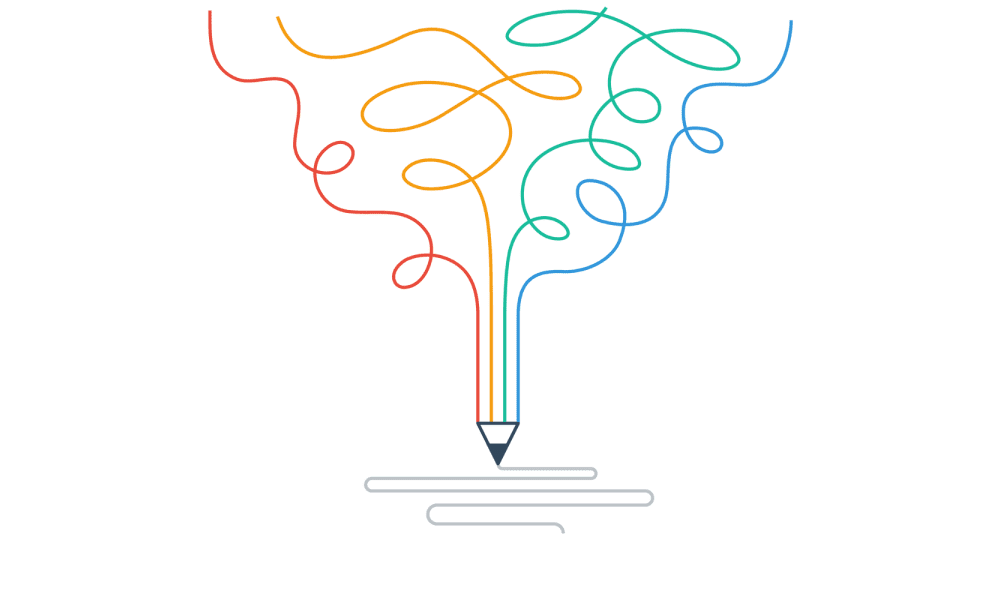How to create better realistic use case scenarios by asking the question of “how” instead of “why”
As an active practitioner of many design methodologies, while trying to understand why people behave in a particular way, over the years, I came to the conclusion that I haven’t asked the right question.
I gradually started to understand that it is more relatable when we talk about people instead of users. Some might argue that it is a very dangerous thing to do, because real people are very different so we might fall into designing for certain people instead of the ultimate “user”. While in a certain broader sense, this is the case, in many important ways the opposite is true. Because of the same reasoning, that our product will be used by real people we should make sure that it could be used and practical for them, the real people.
While abstracting the real person to a “user” level, we merely distance ourselves from the person that will use the product, who is a complex being, and apply to them a statistical metric of patterns that we try to copy and paste to many of our digital experiences.

The real users are people
By designing for the “user” we strip designs from having the best chance of ever being human, because people are complex with sometimes illogical and unpredictable thinking processes and emotions, and interfaces tend to get more and more simplified, often without reasoning. Moreover, user as a concept covers this complex human behavior only partially, and therefore it becomes linear and in time rigid. It is the case that it is not flexible enough to adapt to the real human behavior while respectfully remaining to be based on a single scenario.
There are often interruptions in the human behavior as in life.
When starting a project, at first it seems logical to start with proper user research. Many times researching users in-depth abstracts the scenario to a level that it is so narrow that it hardly relates to the real use scenario.
Before drowning in the perplexity of figuring out just the right persona behind a certain scenario, I came to the understanding that abstracting users to such degree doesn’t resonate later on with solving the core UX problem of a particular feature.

The question of “how”
So, instead of asking why I started asking myself the question of how. When I asked the question of why, I would always end up in some complexity of personas, use cases. While asking the question of how I always related to the context of which a person would use the product I am designing. It is the case also that when asking “how” we simultaneously care about people’s mindsets and experience that precedes and follows after their digital experiences because a user doesn’t stop being a person when they stop using our product.
Focusing on the real person and trying to answer the question of “how” gives us insights into the things that makes a UI and its experience pleasant. Those are the very base things that outline the ground for focusing on the real experience and not just the usability of the interface.
It happened once that I was faced with the challenge to design complex filtering so users could easily filter files when they use the product. So, I designed a simple way for users to use and save filters, so they can have predefined options when they continued using the app. What happened is that the real person, had multiple tabs opened with multiple active filters and explained how it is easier for them to refresh those tabs each day when coming back to work, instead of having predefined filters that they would activate every day repeatedly.
Predicting people’s behavior
Predicting how someone would use a product merely is and stays an assumption forever, because each person has a unique way of how they use it, which isn’t consistent over time. We could search for patterns and this would be our best chance of reflecting that in the user interface.
Design has become so much rigid that after finishing with one design we move onto the next one, not having time to reflect on how that experience actually is being lived by real people.
This doesn’t mean that personas, use cases are unnecessary as it means that they should be based on real people’s interests and behaviors. If a real person’s behavior is unpredictable or predictable we at least should consider some flexibility over time of each of those personas and use cases instead of rigidly holding onto them in order to explain the meaning of our designs over time.
What we could do is start designing for the real human and then scale it to the needs of more humans instead of trying to design the perfect case for the perfect user. The perfect case doesn’t exist, it is merely yet another concept that tries to confirm that designers have covered the behavior of all users, which in reality with real people is impossible.
The real design is the one that serves most people and the one that is iterated many times before it gets human because humans are changing and interfaces need to reflect that as well.

Design it as a human would use it, not for the human to use it
There is a number of advantages when we use this kind of thinking, amongst which:
- It is a good way to start solid research before defining or working on any concepts like personas;
- It gives a clear indication of what is a must in an experience and how we can scale designs on top of it;
- Helps to figure out the most logical place to start building from and to define to which extent it should be built;
- Helps to understand that we aren’t aiming to design the perfect solution but reminds us to iterate more often to have a higher chance at the attempt to design for most of the people that would use our products.

Thanks for reading! Stay tuned for more on how I apply this to design concepts.






